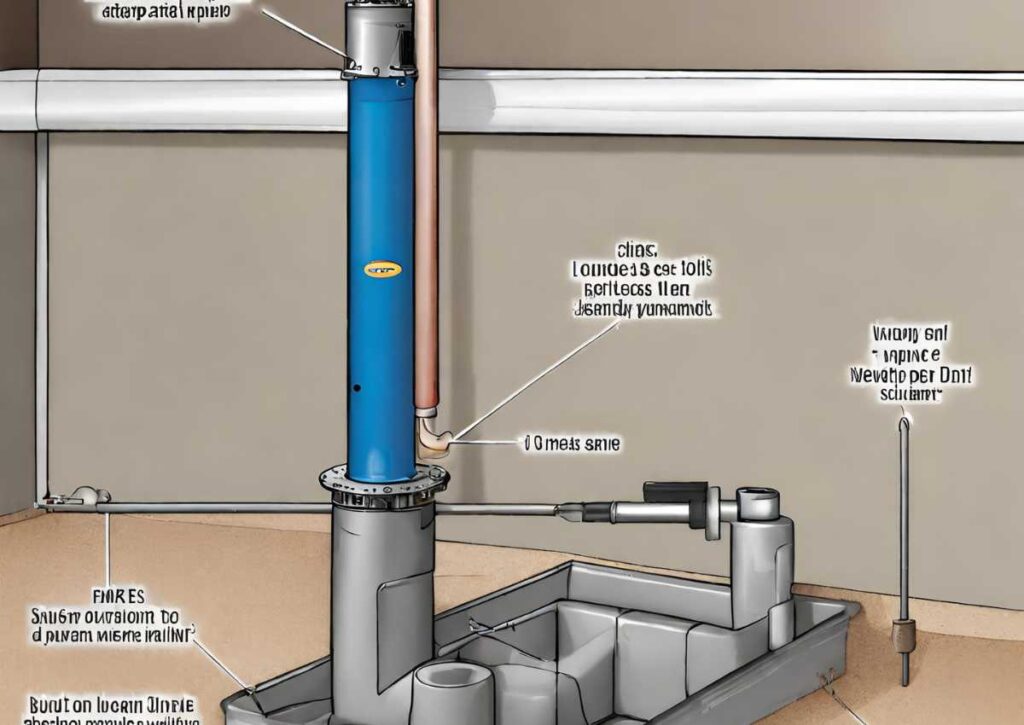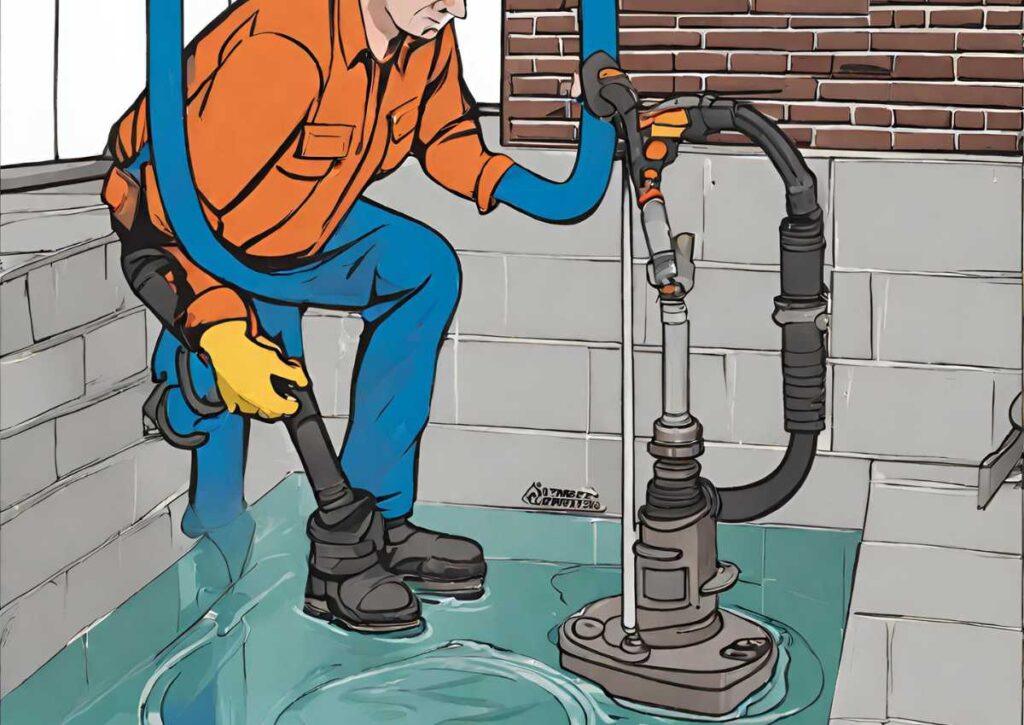If you have a sump pump in your basement or crawl space, you know it plays a crucial role in preventing water damage and floods.
The sump pump works by removing accumulated water from a sump pit, but it can encounter issues over time, such as airlock or debris accumulation.
The optimal location to drill weep hole in sump pump is on the side of the pump housing, just below the highest point, allowing for smooth water flow and avoiding potential operational issues.
One effective way to address these concerns is by drilling weep holes in the sump pump.
This blog will explore the purpose of weep holes, their benefits, and the best locations to drill them in your sump pump.
Understanding Drill Weep Hole In Sump Pump
Weep holes are small openings drilled into the casing or housing of a sump pump to allow water to escape, preventing airlock and maintaining optimal performance.
They specifically prevent airlocks, which can impede the pump’s ability to expel water effectively.
Purpose and Location

Crafted to prevent airlock, weep holes are drilled just below the highest point of the pump housing.
This strategic placement ensures efficient water flow and helps the pump operate smoothly without obstructions.
Size and Airlock Prevention
Weep holes are relatively small, usually 1/8 to 1/4 inch in diameter.
These openings allow water to enter and exit, preventing the formation of a vacuum and ensuring the pump can expel water without difficulty.
They maintain a consistent water level within the pump, preventing airlock and preserving optimal performance.
Related post: 1/8 NPT Drill Size: Mastering the Basics
Water Regulation and Manufacturer Guidelines
Weep holes also play a crucial role in regulating the water level within the sump pump, preventing excessive buildup.
Following the manufacturer’s guidelines for your specific sump pump model regarding the placement and size of weep holes is essential.
Related post: Drill A Water Well Yourself: Bore To Soar
Benefits of Weep Holes

Besides preventing airlock, weep holes contribute to debris clearance, temperature regulation, odours and mould growth prevention, and reduced maintenance requirements.
Allowing water to escape helps keep the pump clean, clear of potential clogs, and operate efficiently.
Ideal Locations for Weep Holes
Optimal positions include above the pump intake, below the pump discharge, and directly into the casing or housing.
Placing weep holes strategically ensures adequate water drainage, prevents debris from entering, and contributes to the longevity of the sump pump.
Drilling Weep Holes
Before drilling, prioritize safety by disconnecting the pump from its power source.
Choose an appropriate drill bit size, typically 1/8 to 1/4 inch, and start with a pilot hole before gradually increasing the size.
The ideal location for drilling weep holes is slightly below the highest point of the pump housing.
Maintenance and Cleaning

Regularly check and clean the weep holes to prevent blockages or debris buildup. This ensures unobstructed water flow and prevents pump performance issues.
Conclusion
In conclusion, drilling a weep hole in the side of the sump pump housing, slightly below the highest point, is crucial for maintaining a dry basement.
Ensure that the sump pump weep hole location is strategically chosen to facilitate effective drainage. Consider factors like pipe angle and debris clearance for adequate water flow.
Regular maintenance will ensure your sump pump and weep hole work together seamlessly to protect your home from water damage.
FAQs
Why is it essential to drill weep holes in a sump pump?
Drilling weep holes in a sump pump is vital because it prevents airlock, ensuring the pump can efficiently remove water and avoid potential issues.
Where should I drill a weephole in my sump pump?
It would help if you drilled a weep hole on the side of the sump pump housing below its highest point. This location allows water to flow freely and prevents airlock.
How big should the weep hole be in a sump pump?
The weep hole should be relatively small, typically around 1/8 to 1/4 inch in diameter. This size allows water to move in and out without compromising the pump’s structure.
What benefits do weep holes provide in a sump pump?
Weep holes prevent airlock, clear debris, regulate temperature, and reduce the need for frequent maintenance. They contribute to the pump’s efficiency and longevity.
When drilling weep holes, what safety precautions should I take?
Before drilling, disconnect the sump pump from its power source to prevent accidents. Safety is crucial to protect yourself and the pump during the drilling process.









